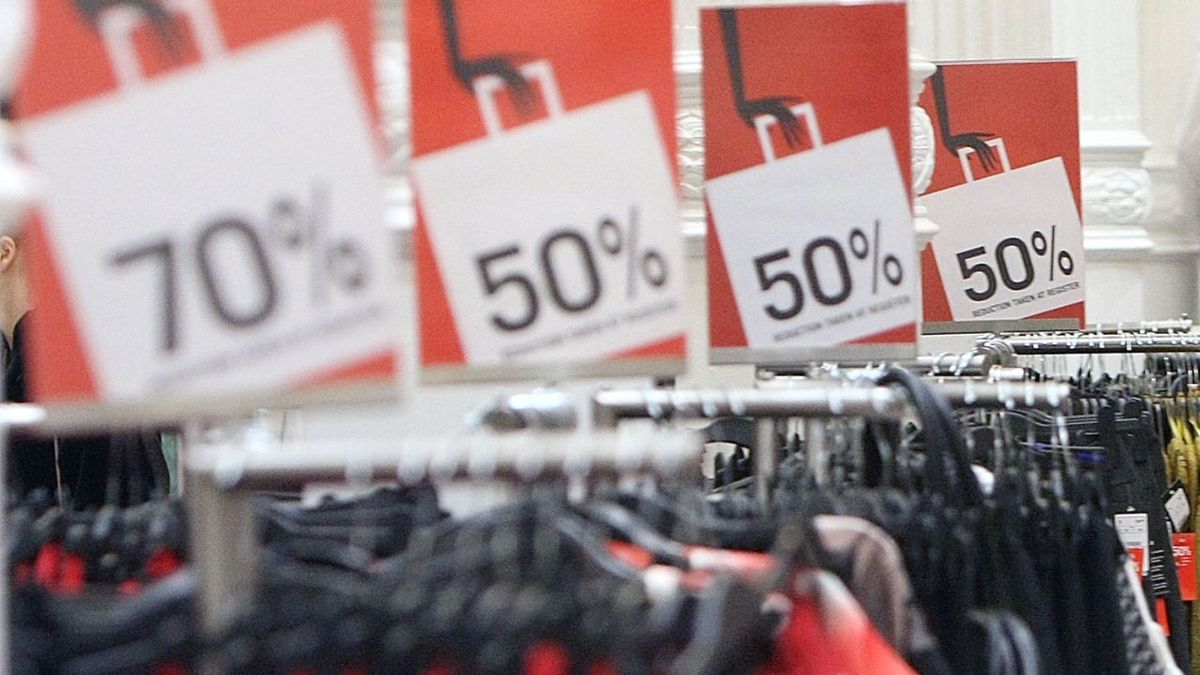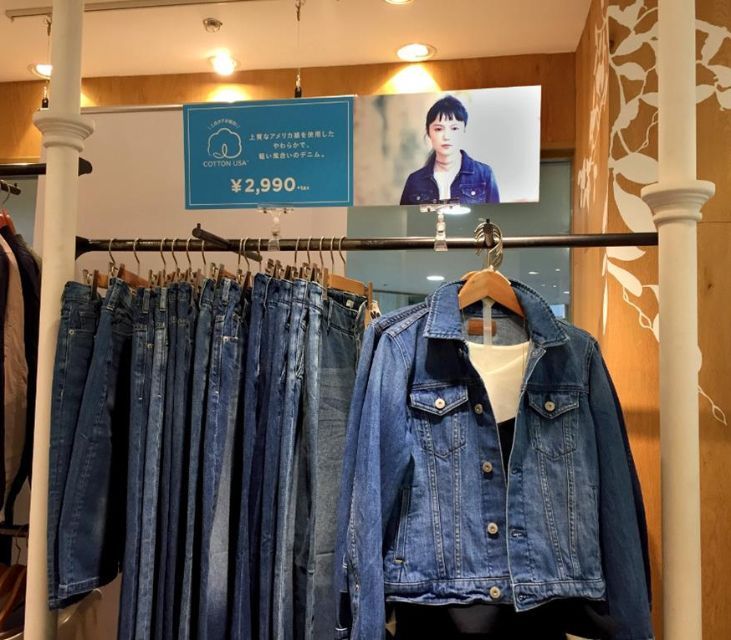Overview
As inflation continues to impact household budgets, a significant trend has emerged in the apparel market: consumers are increasingly trading down to value apparel. This report delves into the data and insights from recent research conducted by the Bank of America Institute, highlighting the demographic shifts, spending patterns, and implications for retailers.
Key Findings
1. Market Share Increase for Value Apparel
Recent data indicates that the market share for value apparel has seen a notable increase, particularly among younger consumers. Specifically, the market share for value apparel has risen by nearly four percentage points for Gen Z and Millennials over the past year. This demographic shift underscores a growing preference for affordable clothing options as financial pressures mount.
2. Income Group Trends
The trend towards value apparel is especially pronounced among lower- and middle-income consumers. For those earning less than $50,000, the market share for value apparel has increased by nearly 12 percentage points from July 2019 to July 2024. This growth is significant, with over half of the increase occurring since July 2022, indicating a rapid response to economic challenges.
3. Spending Growth on Value Apparel
Per household spending on value apparel has surged by 13% compared to July 2019. In contrast, overall apparel spending has only increased by less than 5% during the same period. This stark difference highlights a clear consumer preference for value-oriented options as households seek to manage their budgets more effectively.

4. Consumer Price Index Insights
The Consumer Price Index data reveals that apparel prices have risen by only 5% since July 2019. In stark contrast, grocery prices have surged by nearly 30% over the same timeframe. This disparity suggests that the shift towards value apparel is driven more by the need to cope with rising living costs rather than a direct response to increasing clothing prices.
5. Performance of Discount Retail
Spending at discount retailers has continued to grow, with a 2% year-over-year increase in July 2024. Meanwhile, overall retail spending (excluding restaurants) has decreased by 1% year-over-year. This trend indicates that consumers are prioritizing value and affordability in their shopping habits.
Implications for Retailers
The findings from this research suggest that retailers need to adapt their strategies to cater to the growing demand for value apparel. As consumers, particularly younger and lower-income demographics, increasingly seek affordable options, retailers should focus on enhancing their value offerings. This shift not only reflects changing consumer preferences but also highlights the importance of affordability in the current economic climate.
Conclusion
The trend of trading down to value apparel is a clear response to rising costs and economic pressures faced by consumers. With significant increases in spending on value apparel and a marked shift in market share among younger and lower-income groups, the apparel retail landscape is evolving. Retailers must recognize and adapt to these changes to remain competitive in a market increasingly defined by value and affordability.
Research Credits: Bank of America Institute


